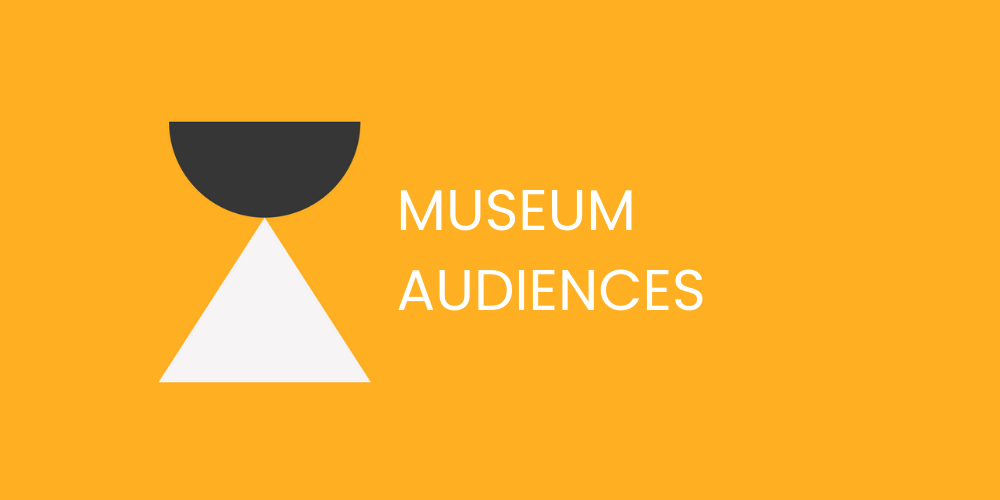You’re Speaking My Language
How you communicate something, whether through visual symbols, body language, or words, can mean the difference in whether or not people feel truly understood.
This month, we invite you to learn about culturally-responsive data visualization, the intimacy of a familiar gesture, and a delightfully funny take on national parks.
October Coffee Break Picks
CATHY’S PICK
Decolonize Data Viz
“In their recent Journal of Multidisciplinary Evaluation article, ‘Decolonizing Data Visualization: A History and Future of Indigenous Data Visualization,’ January O’Conner (Tlingit, Kake, Alaska), Mark Parman (Cherokee), Nicole R. Bowman (Lunaape/Mohican), and Stephanie Evergreen explain how white, Western paradigms dominate what we typically consider to be ‘good’ data visualization practices, at the expense of Indigenous people and traditions. I loved seeing their beautiful examples of historical and modern Indigenous data visualizations, thoughtful calls-to-action to consider self and positionality as data visualizers, and use of the Medicine Wheel (which honors Indigenous wisdom and perspectives) in framing their approach.”
LINA’S PICK
Dap as a Love Language
“I recently attended an event at Creative Grounds, a coffee shop in Washington, DC. While at the event, I noticed the photos on the walls of the shop. They depicted Black men in DC dapping, and I was introduced to The Dap Project. The Dap Project depicts the nuance behind gestures of Black culture through photos and interviews in DC, and their website says the project, ‘invites viewers to appreciate the familiar greeting, and consider how, just like we do, dap exists in multitudes.’ I loved the intimate approach to highlighting the dap as a love language!”
STEPHANIE’S PICK
Lighten Up
“One of my favorite Instagram accounts is that of the National Park Service. It is not what you would expect of a government agency with a mission to ‘preserve the natural and cultural resources of the United States.’ NPS uses really clever humor and pop culture to communicate important messages to would-be visitors of the parks, like ‘respect the natural resources’ and ‘don’t get too close to the animals.’ These are serious, important messages that would be easy to convey with absolute authority or a preachy tone. Instead, NPS has found a way to humanize itself and connect with visitors through whimsy and silliness.”
New on the Learning Hub
An interview between Claire and Finnegan Shannon on disability and access in art museums
A post by Stephanie on how to determine whether a new idea is really worth pursuing.
What’s New At Kera?
We’re so excited about the variety of conferences we’ll be attending in October, including the Association of Science and Technology Centers' conference, the Association for Art Museum Interpretation’s convening, and the EPIC conference. Don’t be shy to say hi to us!
We’re excited to partner with the Smithsonian’s Asian Pacific American Center on evaluation over the course of the next three years. The Center presents Asian and Pacific Islander American experiences, history, and culture through a variety of innovative museum experiences and digital initiatives. Stay tuned for updates by following us on LinkedIn!
Moment of Wonder
“Over Labor Day weekend, I took my son to visit his aunt and uncle in Brattleboro, Vermont—a big change in scenery from our South Philly neighborhood! Every day, he experienced something new: he stuck his toes in a river, made friends with a chipmunk, and met new people. I saw his eyes widen when he saw a rushing river for the first time and thought about what it must be like for everything to be so new, all the time.”
— Hannah






